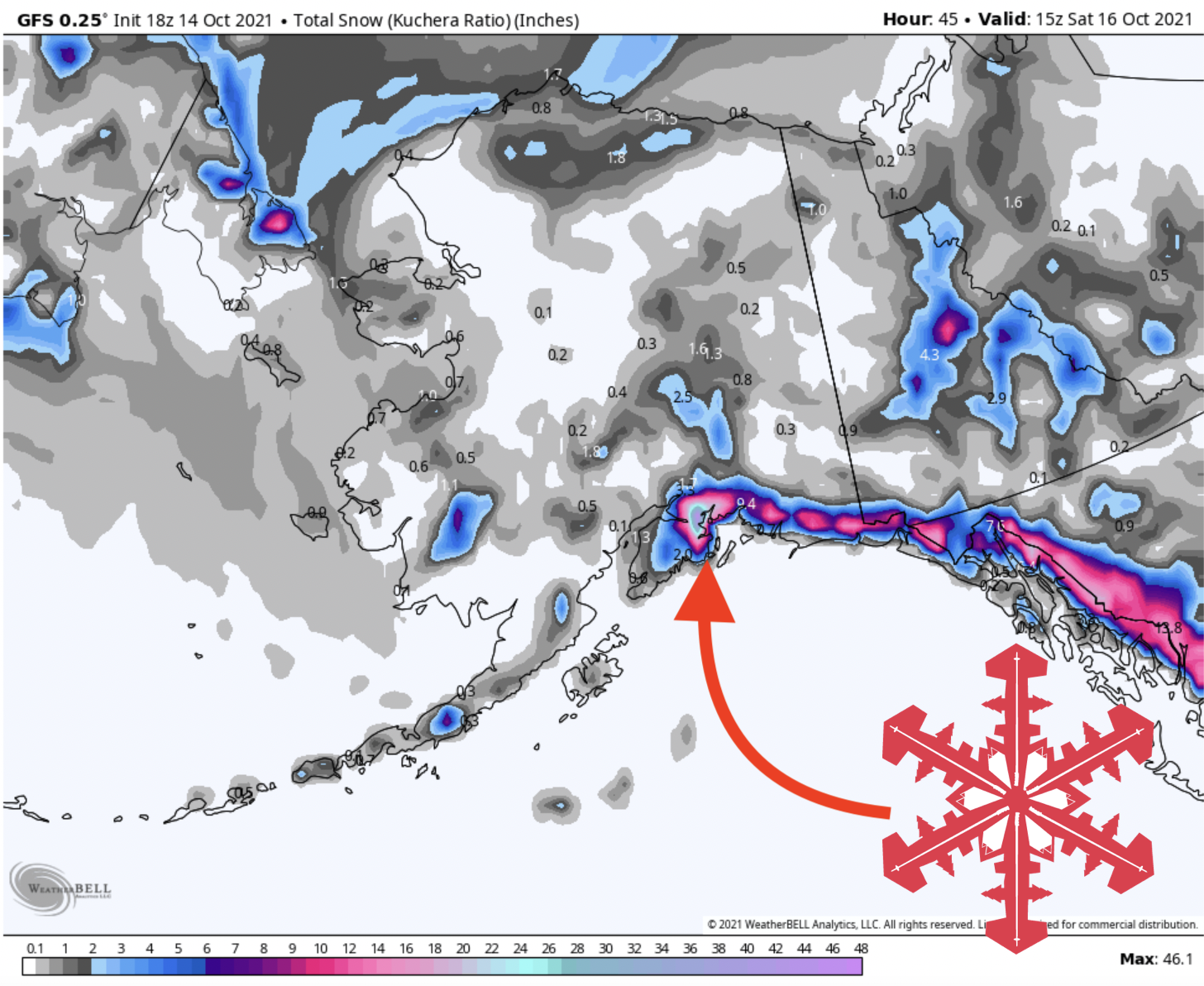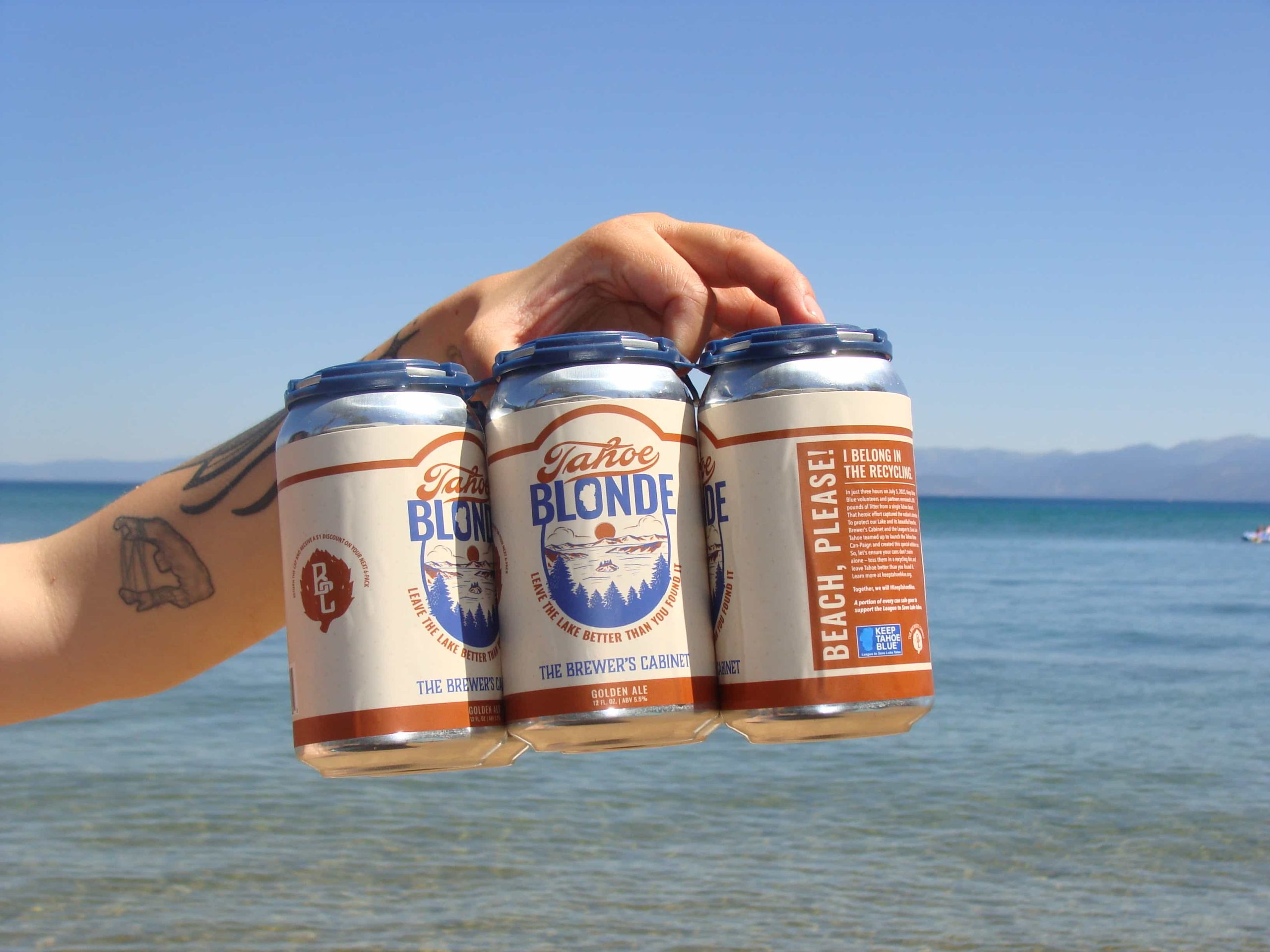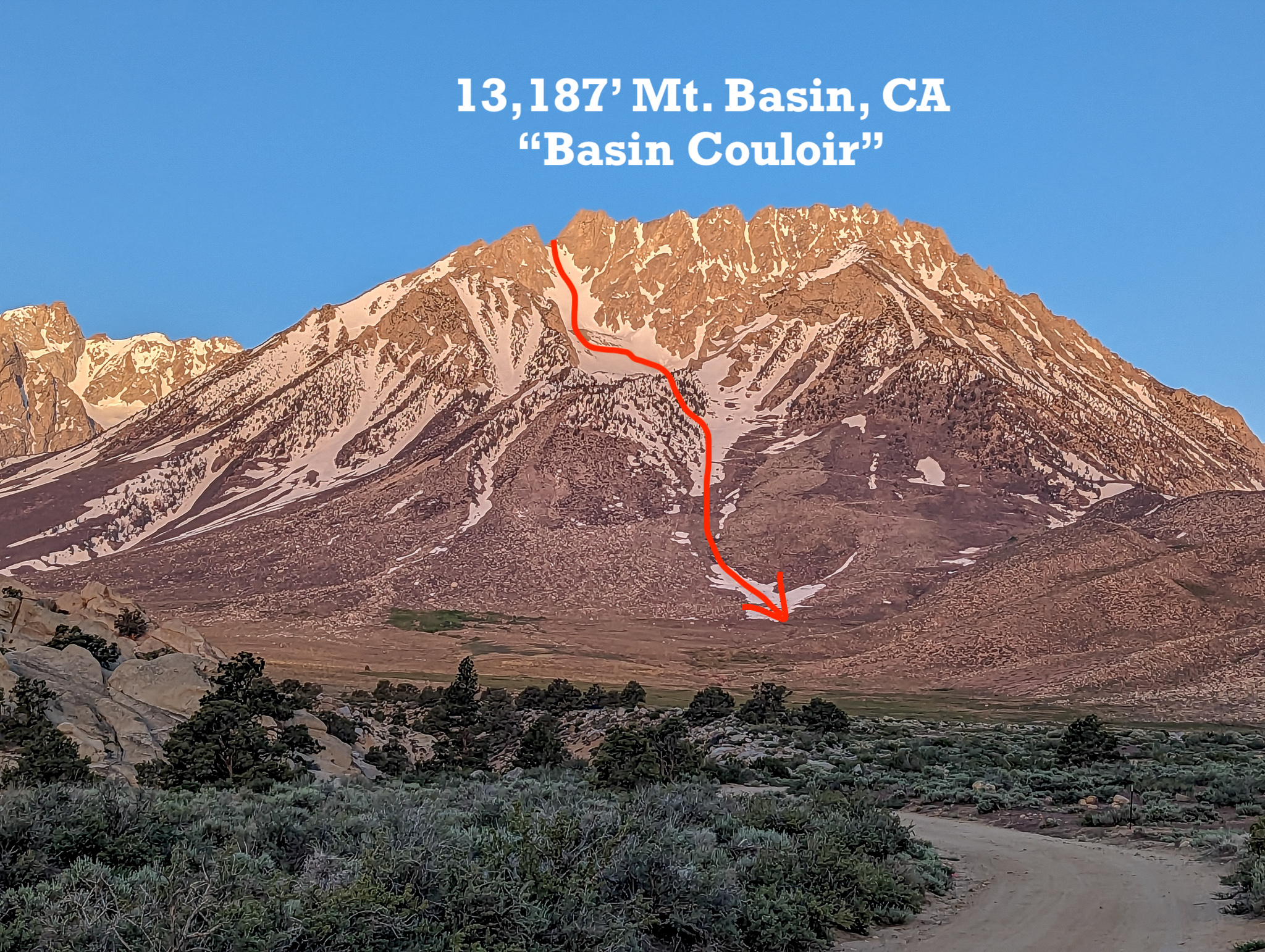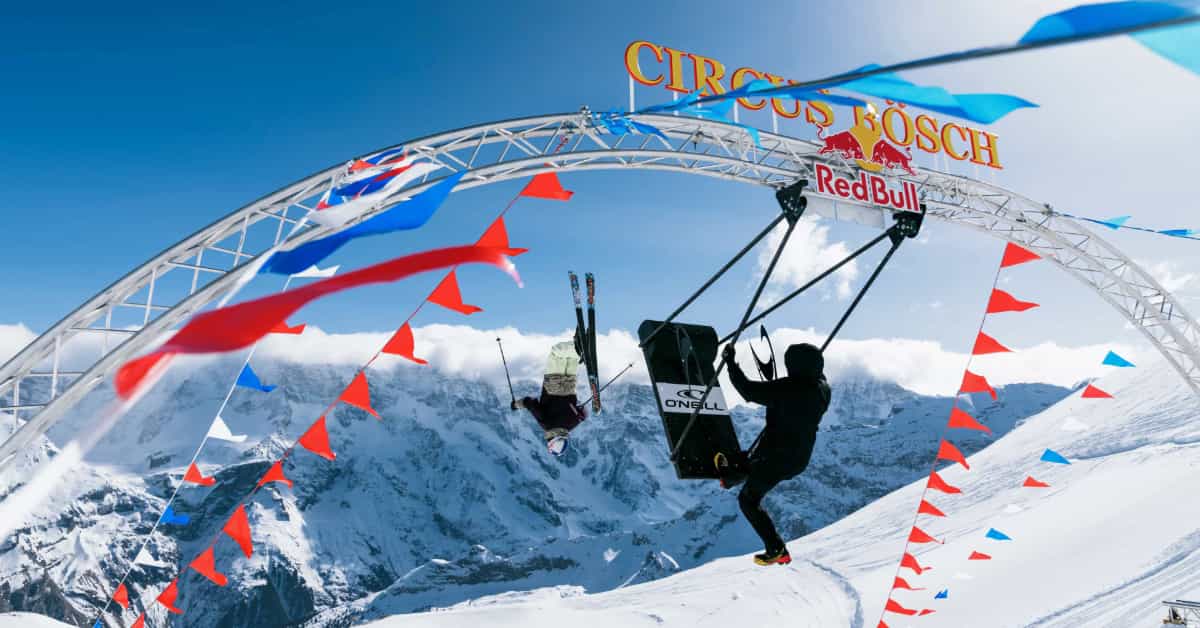BCA’s Tracker 3 has just been released and has begun shipping to ski shops around the US of A.
Which avalanche beacon is the best beacon for you? The one you practice with because that’s the one you know the best and that’s the one you’ll be fastest with.
But, if you need a new beacon, this Tracker 3 is going to be a solid option.

BCA TRACKER 3 INFORMATION:
BCA has started shipping Tracker3! This much-anticipated avalanche transceiver has the same super-intuitive user interface and real-time display as our Tracker2 avalanche beacon, but in a package that’s 20 percent smaller and lighter. It also features Signal Suppression and Big Picture modes, for ease of use in multiple-victim avalanche rescues.
Tracker3 is the thinnest and lowest-volume avalanche transceiver available–not too much bigger than your smartphone. It’s designed to be the world’s first “pocket-friendly” avalanche beacon, meaning it’s thin and small enough to be carried in your pants pocket instead of in its chest harness (just make sure the lanyard is clipped in and the pocket is sewn or welded to the inside—not the outside—of your pants). You’ll often see pros doing this to save weight (no harness), especially on warm days when they’re not wearing an outer layer, so the beacon is actually better protected in your pocket. Also, you’re more likely to “engage” with your beacon (trailhead tests, function checks, practice searches, etc.) when it’s more accessible. But it’s your choice where to wear it.

If you’re a Tracker user, you know what we mean by Tracker’s “real-time display.” Due to our unique antenna architecture, our one-signal-at-a-time software algorithms, and our LED (versus LCD) display, we have the fastest signal processing in the industry, with instantaneous feedback and no “delayed display.” This makes Tracker 3 extremely fast and accurate in the fine search, or the last three meters, which is usually the hardest part. Real-time display also makes Tracker3 (and Tracker 2) the fastest and most effective avalanche beacons in complex or “close proximity” multiple burial avalanche rescues. While these are very rare, they are common in guiding exams. With real-time display, it’s extremely effective to systematically search the debris in normal search mode (using “micro search strips,”) as the Tracker will lock on to the strongest signal and unlock from it as soon as you get to the next-closest one. This is very important in close-proximity multiple burials, which we define as scenarios in which there are more than two victims within 10 meters of each other. With a delayed display, you can move right past a victim’s signal without even seeing it. Here’s proof: in a competition last week at the recent Outdoor Retailer All-Mountain Demo at Solitude Resort, Utah, a T3-wielding BCA representative took first place out of nearly 100 contestants by finding and probing two buried transmitters in 60 seconds flat!
In addition to its small size and real-time display, Tracker 3 also has several multiple-burial features that set it aside from the pack. Our Signal Suppression system suppresses the signal of a found victim, then shows the distance and direction to the next-closest signal. If there’s plenty of manpower to start digging, then the searcher can resume the search for that next victim. This is similar to “marking? on other beacons and is done by pressing the Options button once. The signal is suppressed for one minute, at which time it returns to Search mode. This ensures that if the searcher makes a mistake, or the victim’s signals overlap, then the search can be continued in Search mode instead of Suppression mode. All avalanche beacons are susceptible to the issue of signal overlap: in scenarios of more than two transmitters, it will cause “marking” to fail up to 70 percent of the time. With other brands, if the marking function fails, the user must reboot the beacon, or enter analog mode, or enter Scan mode, then start over. Unfortunately most users don’t know they should do this–so the search can become a veritable train wreck (very common in guiding exams). So the Tracker3 defaults back to Search mode for you, so you can continue the search based on signal strength rather than with suppression/marking. Like Tracker 2, Tracker 3 also has a close-proximity indicator: when two signals are both within 6 meters of the searcher, a set of brackets will surround the multiple-burial indicator. Crucial info!
One way our multiple-burial system differs from other brands is that we don’t look at more than two signals at a time. When there are more than two signal present, all transceivers’ counting and marking features become exponentially worse. When Tracker 3 counts and suppresses signals, we want to tell you the truth and no more–misinformation can turn your search into a train wreck. The Tracker will show an icon that indicates whether you have two or more than two (2+) signals; it will not count further than that (you can do that yourself with Big Picture mode). Similarly, the Tracker3 will only suppress one signal at a time, it will not keep more than one suppressed at a time (if you’re suppressing one signal, you’re in a world of hurt; if you’re suppressing more than one, you’re probably the first person ever to do so). Watch for a future blog, where we’ll go over the issues at play in avalanche rescues involving multiple burials and signal overlap in more detail.
In Tracker3, we’ve replaced Special Mode with Big Picture mode. Instead of displaying only the signals within a reduced 40-degree search window, in a multiple burial, all signals are displayed. This enables the user to see for himself or herself how far away the various signals are, to help formulate a search strategy. This is done by pressing the Options button and holding it down.
Finally, Tracker3 has a motion sensor that switches the unit back from search to transmit if you stop moving for one minute. This feature must be activated each time you turn it on, to prevent inadvertent mode switches by novices unaware of the feature. In addition, Tracker 3 has maintained our existing auto-revert function, which switches the unit from search to transmit after five minutes has elapsed. So let’s say you get buried while in search mode, but you have an air pocket and you’re trying like hell to make it bigger. If this is enough to trigger the motion sensor, the unit won’t revert after one minute, but it will revert after five minutes. Of course, this assumes you didn’t have time to manually flip to mechanical dial switch back to transmit when you saw it all coming…
We’re sticking to our steadfast and long-held belief that avalanche beacons should be fast and—above all else—easy to use. We’ve done this with Tracker 3 by making it smaller and lighter, maintaining our real-time display, eliminating extraneous features and multiple-burial icons, and by making it foolproof against signal overlap.
They should be available any day at your favorite BCA dealer. Feel free to call or e-mail BCA to see who’s getting them first!







